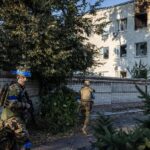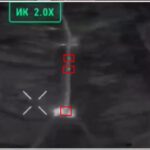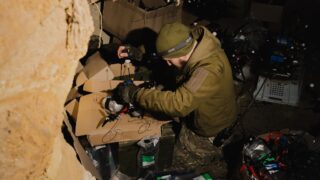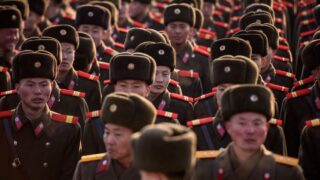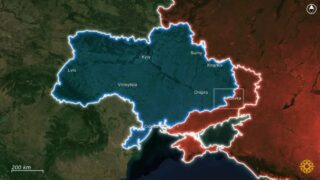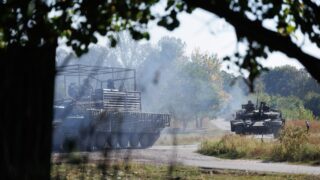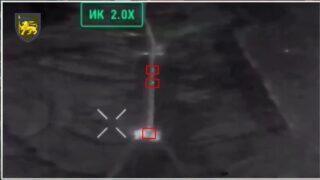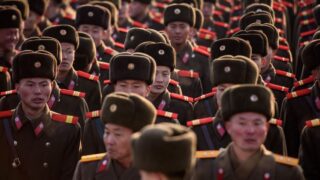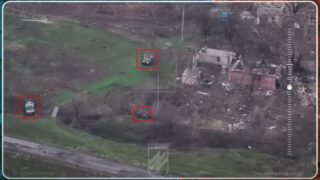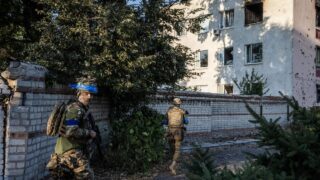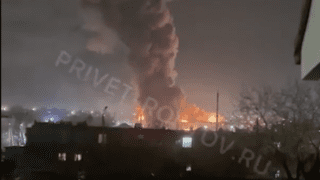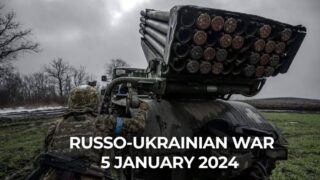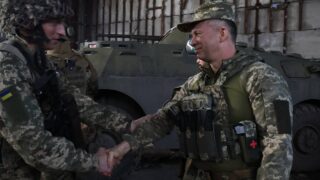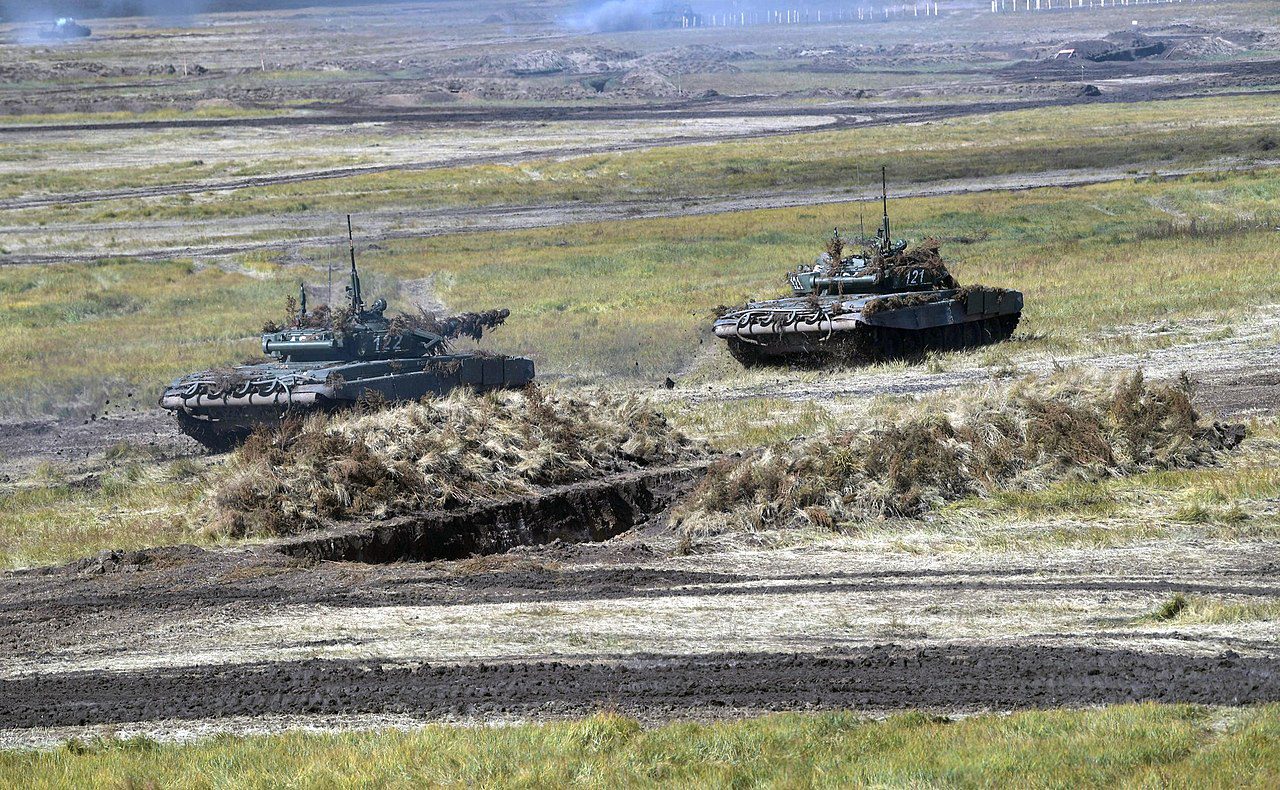
Forbes: Russian soldiers abandon tank attacks as Ukrainian drones force new infantry tactics
Tank attacks on the front are becoming increasingly suicidal for Russians and yield “zero results” due to the widespread use of Ukrainian strike drones, writes Forbes analyst David Axe.
As of January 2025, the operational situation in Ukraine remains highly dynamic and complex, with ongoing military engagements across multiple fronts. Russian forces are conducting offensive operations near Vovchansk in Kharkiv Oblast. They have also intensified their efforts to capture the entirety of Donetsk Oblast, with operations reported near Chasiv Yar and Toretsk. Meanwhile, Ukraine has launched attacks in multiple directions in Kursk Oblast In Russia.
At the same time, says Axe, unsuccessful tank assaults do not mean that Russian forces cannot advance. They are deploying infantry supported by artillery and drones, slowly making progress.
As Michael Kofman, a senior fellow with the Carnegie Endowment, explains, the Russians are leaning toward a new “infantry-first” doctrine, partly to reduce equipment losses and due to their overall inability to overcome prepared defenses covered by pervasive reconnaissance and strike drones. Scattered infantry is harder to target than long columns of vehicles.
Nevertheless, some Russian commanders continue to send their tanks and armored vehicles into futile assaults. However, as noted by Russian bloggers, these attacks achieve nothing, only providing morale-boosting footage for Ukraine’s armed forces, whose drones document the destruction of every Russian column.
The shift to infantry attacks has forced Ukrainians to counter these assaults with their own infantry. However, given the shortage of personnel to replenish losses while simultaneously forming new units, Ukrainian forces have begun deploying specialists from their support units to the front lines.
“Ironically, the poaching of drone units to bolster infantry—a band-aid approach to countering Russian infantry assaults—risks gutting the very forces that have compelled the Russians to attack mostly on foot. If Ukrainian commanders send too many drone operators to the front line to fight as infantry, they might inadvertently make it safer for Russian vehicles to attack again,” notes the Forbes analyst.
Since the beginning of the year, the Russian army has captured eight villages south of the city of Pokrovsk. According to BILD military analyst Julian Röpcke, the war could spill into the Dnipropetrovsk Oblast within weeks—Russian forces are now only seven kilometers away from the region.
Related:




